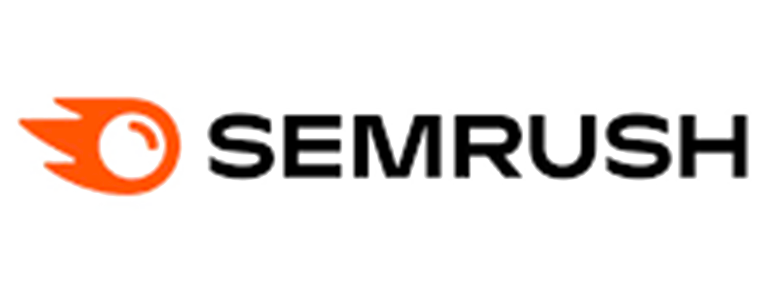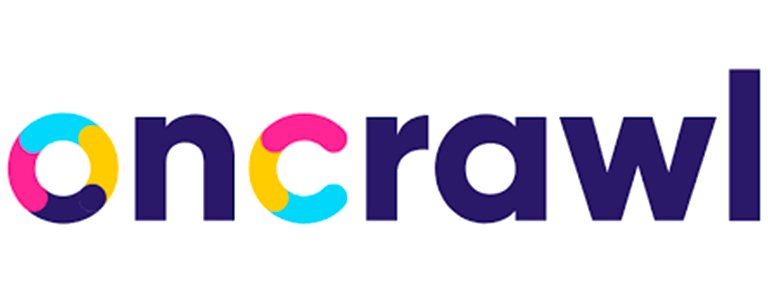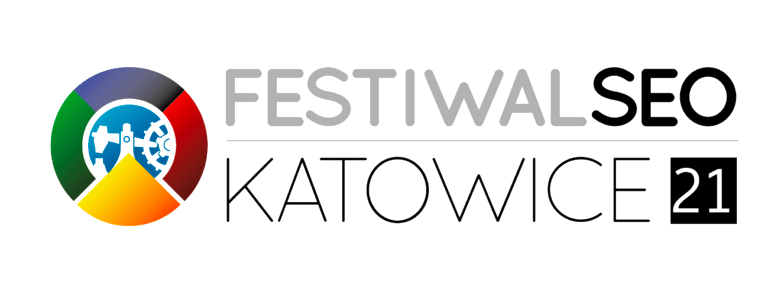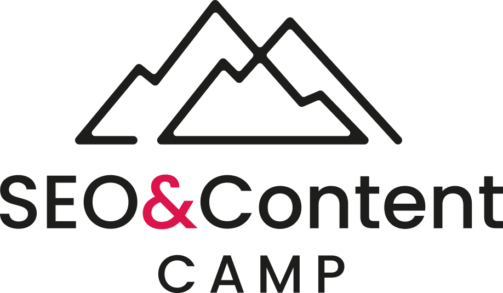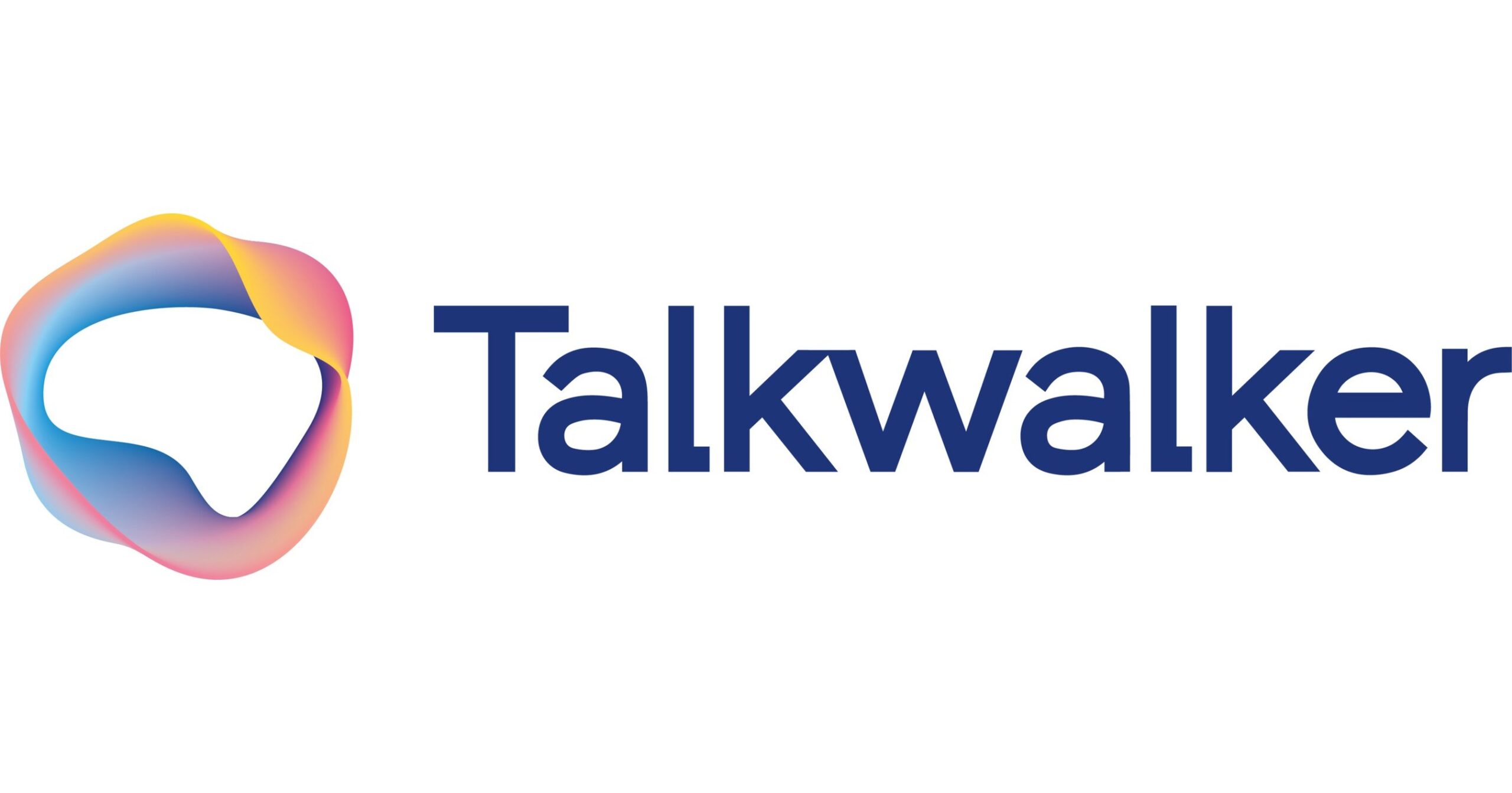Did you know that a well-maintained backlink profile plays a crucial role in determining your website’s search engine rankings? Mastering the art of building a strong backlink profile can greatly impact your website’s credibility and visibility, ultimately driving more traffic to your site. In this blog post, we’ll dive deep into the world of backlink profiles and reveal strategies for building, maintaining, and analyzing them for SEO success.
Short Summary
- Backlinks are essential for improving search engine rankings and establishing website authority.
- Link building strategies such as content creation, online community participation, and broken link building should be implemented to develop a healthy backlink profile that is diversified and relevant to the industry.
- Utilizing SEO tools such as Google Search Console, Ahrefs, SEMrush can help analyze competitor backlinks in order to gain insights into effective SEO strategies for long-term success.
What is The Backlink Profile?
A backlink profile captures the external links which are pointing to your website. It is a compilation of all such links. It is essential for any successful SEO strategy, as it helps search engines like Google perceive your site as more reliable and authoritative, thereby enhancing search engine rankings. A good backlink profile is composed of multiple high-quality backlinks from various linking domains, diversely distributed between follow and nofollow links, and acquired from authoritative websites.
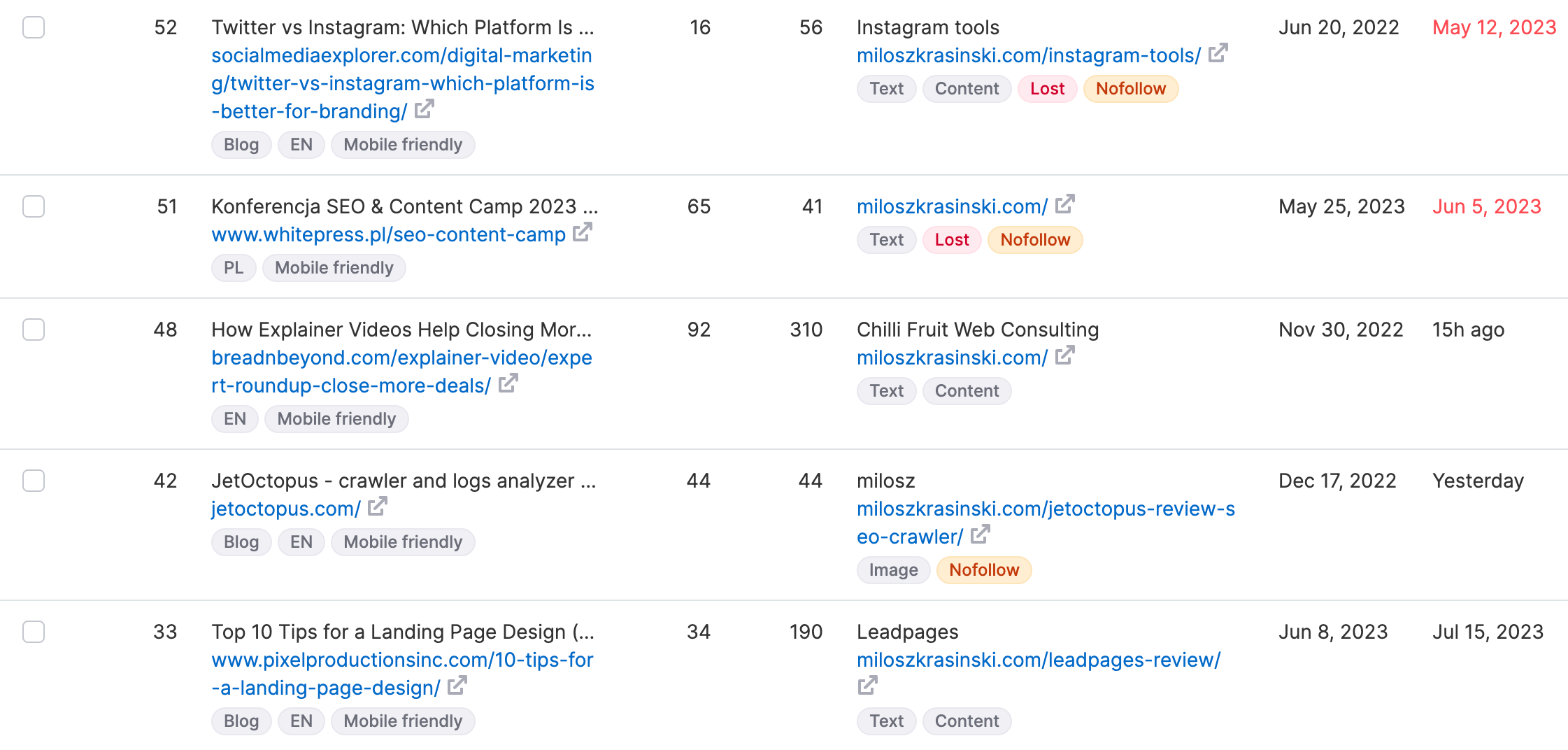
To maintain a healthy backlink profile, it’s crucial to analyze and sustain it regularly. This helps in determining its strengths, weaknesses, and overall health, which can be used to enhance SEO performance. The quality of websites linking to your site plays a significant role in assessing backlink profile health and ranking potential.
Let’s take a closer look at the role of backlinks in SEO and the components of a strong backlink profile.
Role of backlinks in SEO
Backlinks are links from external websites that link to your website, and they are one of the primary factors that search engines use to rank web pages. They are crucial in establishing a website’s trustworthiness and search engine rankings. Using keyword anchors in backlinks can help improve the relevance of the links and contribute to better rankings for targeted keywords.
The quality of a backlink is an important factor to consider when evaluating the website. SEOs often make the mistake of only taking a look at the DR of a site. However, you should consider the following things:
- The ratio of inbound/outbound domains should be at least 1, even better if it’s more than that. This indicates that there’s more link juice coming in than going out.
- DR does a good job when it comes to assessing the site at first glance. Add organic traffic to the mix as well. Make sure the DR is at the minimum 40-50 and the traffic is in the thousands.
- The traffic trend should be stable, or ideally rising.
- Page-level traffic, internal links, and referring domains are also great indicators of the page’s performance.
- Outgoing links to shady industries like casinos, CBD, and adult are an instant no-go.
- Cache date is something we found incredibly useful during day-to-day agency operations. The fresher it is, the more Google visits the post. Your link will be in the index much quicker.
- The domain, or at least the page, should be relevant to your article. You wouldn’t want your email marketing page to appear on an article about shoes.
- Anchor text should be diversified. Avoid using exact match too much because it can result in a penalty.
- Generally speaking, it’s better to have your link somewhere at the top of the article.
DR and page authoring scores are used to determine the value of a backlink from a referring domain hosting the link to your website. Backlinks from referring domains with topical relevance are more advantageous than those from unrelated websites. This is why it’s essential to build a strong backlink profile that consists of high-quality, diverse, and industry-relevant links.
Components of a strong backlink profile
A strong backlink profile is comprised of high-quality, varied, and pertinent links to the industry, including those with branded anchor text. Building links from high-quality and relevant sources can significantly improve a website’s backlink profile. SEO tools often display keyword difficulty which is an indicator of how many links you’ll need in your link profile to rank.
Branded, generic, and long-tail anchor text are all viable options for diversifying a backlink profile and enhancing link building efforts. Varying anchor text usage in backlink profiles is essential to evade penalties from Google. Identifying and removing spam links is also crucial for maintaining a healthy backlink profile. Having a wide array of referring domains signals to Google that your content is held in high regard by multiple sources across the web.
Building a Healthy Backlink Profile
Building a healthy backlink profile involves actively seeking out and acquiring high-quality backlinks from authoritative websites, a process known as link building. Various link building strategies may include publishing high-quality content, participating in relevant online communities, digital PR, and relationship-based link building.
Also, maintaining a natural backlink profile is essential for ensuring a healthy backlink profile and avoiding any potential penalties. Monitoring your backlink profile is crucial to prevent the excessive accumulation of similar links to a particular page on your website, as this may be viewed as a potential link scheme by Google.
In the following sections, we will explore the importance of prioritizing high-quality links, diversifying link sources, and focusing on industry-relevant links to build a healthy backlink profile.
Prioritizing high-quality links
High-quality links from authoritative websites can significantly improve a website’s credibility and search engine rankings. Having an abundance of low-quality backlinks can have a detrimental effect on a website’s search engine results pages (SERPs) presence. For smaller sites, securing authority links can enhance their search engine visibility.
This is an example of a great link we recently got:

These metrics are shown for the page, not the entire domain.
Constructing pertinent links is laborious yet essential. These links will increase your search engine visibility and put you ahead of your competitors. Prioritizing high-quality links is crucial in building a strong and effective backlink profile that contributes to long-term SEO success.
Diversifying link sources
Diversifying link sources assists in avoiding penalties and ensures a natural backlink profile. Obtaining links from distinct linking domains helps in diversifying link sources and avoiding penalties. A diverse range of referring domains indicates that your content is well-regarded across the web, signaling to search engines that your website is trustworthy and authoritative.
Unless you have multiple targets, don’t get links from the same linking domain.
A natural backlink profile appears more trustworthy and prevents the appearance of all links coming from influential authority sites, which can result in penalties from Google. By diversifying link sources, you create a more robust and healthy backlink profile that contributes to improved search engine rankings and long-term SEO success.
Focusing on industry-relevant links
Industry-relevant links are authoritative, relevant, and topically related to your industry. These links can be beneficial to your SEO endeavors and enhance your website’s rankings. It is prudent to acquire links from industry-specific or related article directories, as well as other sites such as blogs, forums, and web directories.
One exception to this is HARO. Your links can land on a variety of different websites. We consistently get links on sites like gobankingrates.com which isn’t strictly relevant. But, since it’s a large, authoritative publication, we continue to get them. Just take a look at these metrics:
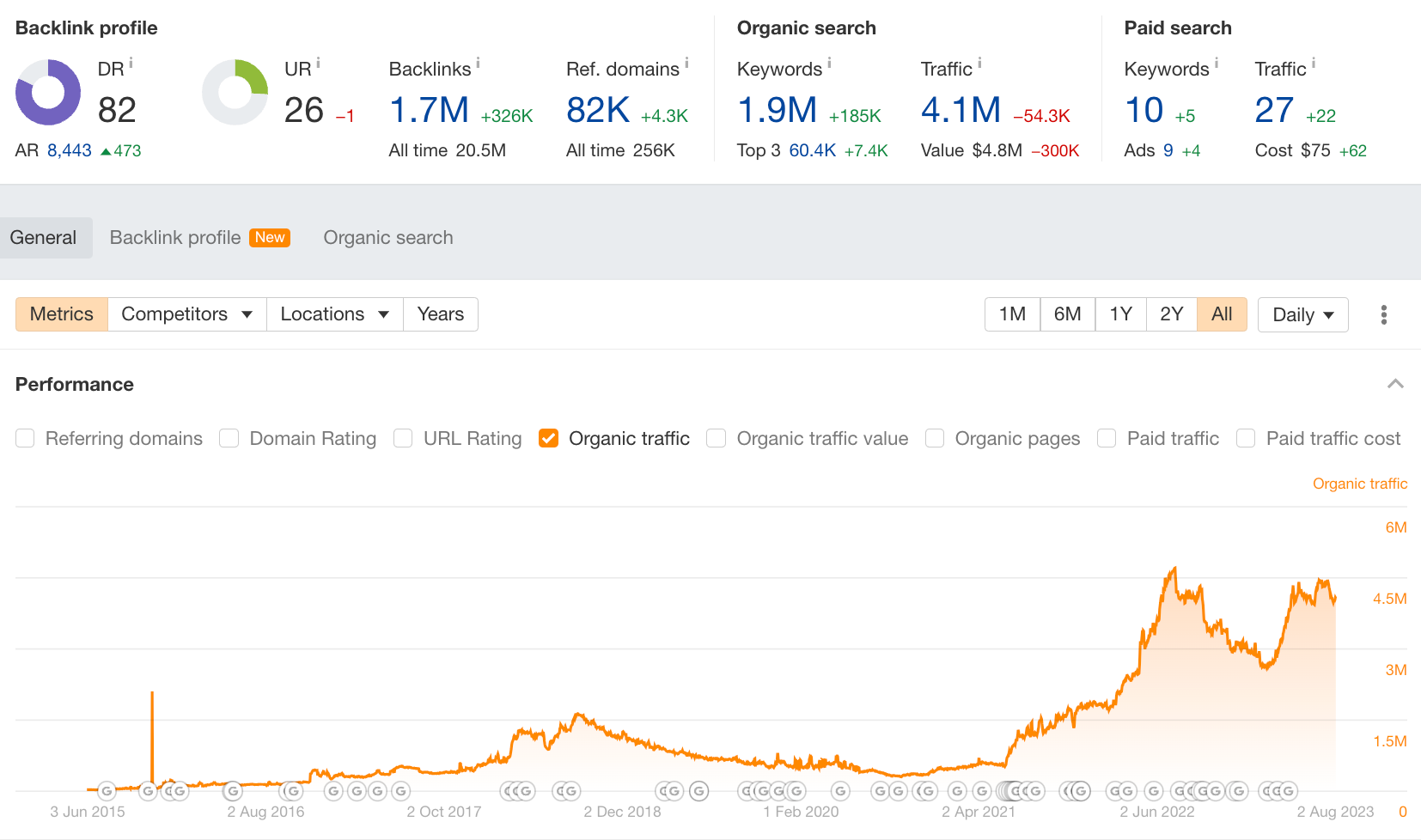
Who wouldn’t want a link there?
Focusing on industry-relevant links helps build a strong backlink profile that contributes to improved search engine rankings and long-term SEO success. By targeting these high-quality, relevant links, you can establish your website as an authority in your industry and attract valuable traffic from potential customers.
Identifying and Addressing Spammy Links
Identifying and addressing spammy links involves recognizing harmful links and taking action to remove or disavow them. This is essential in maintaining a healthy backlink profile and avoiding penalties.
In the following sections, we will discuss how to recognize spammy links and the necessary steps to remove or disavow harmful links.
Recognizing spammy links
Spammy links can detrimentally affect a website’s backlink profile and adversely affect search rankings. Recognizing spammy links is essential, as they can negatively impact a website’s backlink profile and search rankings.
Toxic links may be identified by examining links pointing from low-quality websites, links with irrelevant anchor text, and links from websites with a significant number of outbound links.
Removing or disavowing harmful links
Eliminating or disavowing detrimental links assists in preserving a sound backlink profile and avoiding penalties. To address spammy links, it is necessary to identify them and take appropriate action to remove or disavow them.
By doing so, you can maintain a healthy backlink profile that contributes to improved search engine rankings and long-term SEO success.
Utilizing SEO Tools for Backlink Profile Analysis
Google Search Console, Ahrefs, and SEMrush are all viable options for obtaining information related to a website’s backlinks. These SEO tools can provide valuable insights into your backlink profile, helping you identify strengths, weaknesses, and opportunities for improvement.
In the following sections, we will discuss how to use these tools for backlink profile analysis and gain insights into your competitors’ backlink profiles.
Google Search Console
Google Search Console furnishes advantageous intelligence on a website’s backlinks and aids in recognizing probable problems. By navigating to the ‘Links’ section of Google Search Console, you can access various reports and data about your backlinks, including the most linked pages, anchors, internal links, and the sites that are linking to you.
Utilizing Google Search Console for backlink profile analysis can assist in identifying possible issues and provide useful information on a website’s backlinks.
Ahrefs and SEMrush
Ahrefs and SEMrush are two of the most widely utilized SEO tools among professionals and businesses alike. They provide the ability to analyze backlinks and gain insights into competitors’ backlink profiles. By using these tools, you can uncover valuable information about the quantity, quality, and sources of your competitors’ links, which can be leveraged to spot opportunities for link building and devise strategies to outperform your competitors.
Check a few things:
- Number of Backlinks: Check the total number of backlinks to understand the overall popularity of a site. More backlinks often mean better ranking, but quality is more important than quantity.
- Link Quality: Analyze the quality of the sites linking to your domain. Links from authoritative, well-respected websites are more valuable than those from low-quality or spammy sites.
- Anchor Text Distribution: Look at the anchor text used in the backlinks. It should be varied and include relevant keywords, but over-optimization can be a red flag for search engines.
- Follow vs. No-Follow Links: Check the ratio of do-follow to no-follow links. While do-follow links pass on SEO value, a natural profile will contain a mix of both.
- Linking Domains: Evaluate the number of unique domains linking to the site. Links from diverse domains typically hold more weight than multiple links from the same domain.
- Relevance of Linking Sites: Examine the relevance of the linking sites to your industry or niche. Links from related sites generally provide more value.
- Link Location: Determine where the links are placed within the content, as links in the body text are usually more valuable than those in footers or sidebars.
- Backlink Velocity: Analyze the rate at which new backlinks are being acquired. A sudden spike or drop may signal unnatural link-building practices.
- Lost and Broken Links: Monitor and fix any lost or broken backlinks. These can harm the SEO value of your site.
- Link Type: Look at the type of links, such as image links, text links, or redirects. A natural profile includes a variety of link types.
Link building is an essential part of SEO, and these tools can help you gain a competitive advantage.
Monitoring Your Competitors’ Backlink Profiles
Observing your competitors’ backlink profiles can assist in recognizing major competitors, assessing competitor backlinks, and appropriating competitor backlinks. In the following sections, we will discuss how to identify top competitors, analyze their backlinks, and steal competitor backlinks to improve your website’s search engine rankings and authority.
Identifying top competitors
Identifying top competitors can be achieved by utilizing SEO tools such as Google Search Console, Ahrefs, and SEMrush. By understanding the competitive landscape, you can set realistic SEO goals and devise strategies to outperform your competition.
Gaining insights into the backlink profiles of your top competitors can help you identify opportunities for link building and enhance your website’s authority.
Analyzing competitor backlinks
Analyzing competitor backlinks can uncover chances for link building and optimizing search rankings. With tools such as SEMrush or Ahrefs, you can gain insights into the types of links they are utilizing, the sources of their links, and the quality of their links.
This information can be used to spot opportunities for link building and devise strategies to outperform your competitors.
Stealing competitor backlinks
Targeting the same high-quality link sources as your competitors can boost your website’s authority and help you outperform them in search engine rankings. Creating content that surpasses competitors’ offerings, engaging in outreach and relationship-building, and utilizing digital PR, you can effectively acquire competitor backlinks and enhance your website’s search engine rankings.
After all, if your competitors got the link, why can’t you?
Implementing Link Building Strategies for Long-term SEO Success
Implementing link building strategies for long-term SEO success includes creating high-quality content, engaging in outreach and relationship-building, and leveraging digital PR. By following these strategies, you can build a strong backlink profile that will contribute to improved search engine rankings and long-term SEO success.
Creating high-quality content
Producing high-quality content is critical for link building as it provides a beneficial resource for other websites to link to. This assists in building trust and authority with search engines, which can result in higher rankings.
To create high-quality content, focus on producing content that is valuable and informative, catering to the needs and preferences of your target audience.
Engaging in outreach and relationship-building
To engage in outreach and relationship-building, it is important to research your target audience and establish relationships with influencers, contribute to guest blogs, and participate in online forums and communities.
By nurturing these relationships, you can secure valuable backlinks from authoritative websites and improve your website’s search engine rankings.
Digital PR
Digital PR involves utilizing online channels to increase website visibility and acquire high-quality backlinks. Strategies for successful digital PR may include creating content that is worthy of links, such as press releases, interviews, and case studies, as well as cultivating relationships with influencers and securing coverage in online publications using tools like HARO.
By leveraging digital PR, you can effectively build a strong backlink profile and achieve long-term SEO success.
Summary
In conclusion, building and maintaining a strong backlink profile is essential for SEO success. By understanding the importance of backlinks, prioritizing high-quality links, diversifying link sources, focusing on industry-relevant links, and implementing effective link building strategies, you can improve your website’s search engine rankings and attract more traffic. Remember, the key to long-term SEO success lies in constantly evolving your backlink profile and staying ahead of your competitors.
Frequently Asked Questions
What is a backlink profile?
A backlink profile is the collection of backlinks pointing to your website, detailing types, anchor text, domain quality, and relevance.
How do I get a backlink profile?
Creating a strong backlink profile involves obtaining organic, high-authority links that are relevant to your topic or niche. Ensure that these links and their associated anchor texts are not spammy.
What is an example of a backlink?
A backlink is a link from one website to another, often denoted by anchor text. For example, when a blog post links to an external page, that is a backlink.
These links are used to boost organic search engine rankings and can be found all over the internet.
What makes a good backlink profile?
A good backlink profile is composed of natural backlinks gained through creating quality and valuable content, without asking for them or paying for them.
Why is it important to analyze and sustain a backlink profile?
Analyzing and sustaining a backlink profile is essential for improving SEO, optimizing backlink strategy and achieving higher rankings on SERPs.






